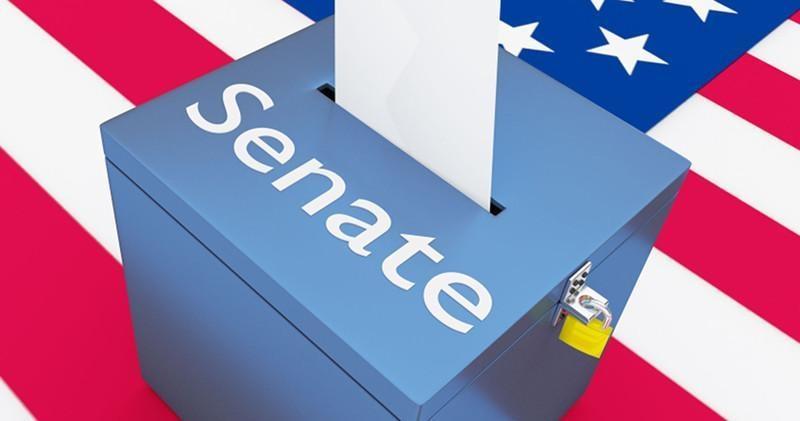
I don’t trust anyone who tells me they already know the makeup of the midterm electorate. We can’t possibly know who will vote in the fall, let alone how they will cast their ballots.
If I were going to focus on a handful of variables to understand how the cycle is unfolding, I’d certainly pay close attention to partisanship. But instead of focusing primarily on the percentage of Republicans and Democrats among voters, I’d pay more attention to the attitudes (and then the behavior) of self-identified independents.
I looked at recent national exit polls going back to the 2000 presidential race and found that the electorate’s partisan makeup doesn’t always explain an election’s outcome.
Sure, there were many more Democrats than Republicans in the 2008 (+7 points) and 2012 (+6 points) exit poll samples, when Barack Obama won the White House and was re-elected comfortably. But the 2006 exits showed Democrats making up only 38 percent of the electorate — to the GOP’s 36 percent — while riding a 31-seat wave to take back control of the House.
And four years later, in 2010, exit polls showed Republicans and Democrats each making up 36 percent of voters at the same time the GOP was netting 63 House seats in one of the biggest electoral waves in history.
In 2000 and 2016, both presidential election years, there were more self-identified Democrats than self-identified Republicans in the exit polls (by 4 points in 2000 and 3 points in 2016). But both times, the GOP nominee won the White House while losing the popular vote.
Independent thinking
Obviously, if Democrats constitute a much larger percentage of the November electorate than Republicans — 6 or 7 points, for example — that would be great news for House Democratic leader Nancy Pelosi. But how independent voters behave could well be the more useful indicator to watch.
One reason is that the percentage of self-identified independents has been inching up recently. In the 2000 and 2004 presidential contests and the 2006 midterms, independents constituted 26 percent of the electorate. But in 2012, they were 29 percent, in the 2014 midterms 28 percent, and in the 2016 presidential election 31 percent.
Obviously, those numbers change, depending in part on the appeal of the presidential nominees and the image of the parties. Some of the 2016 independents could well have been Republicans and Democrats who didn’t like the two presidential nominees, both of whom had unusually high negatives.
But the more important reason to pay attention to independents is that they often reflect the direction and magnitude of partisan changes.
The two big wave elections of the last 20 years were both driven by independents, who voted Democratic by a margin of 18 points in 2006 (57 percent to 39 percent), Republican by an equally large margin in 2010 (59 percent to 41 percent). During Obama’s second midterm, in 2014, independents...

